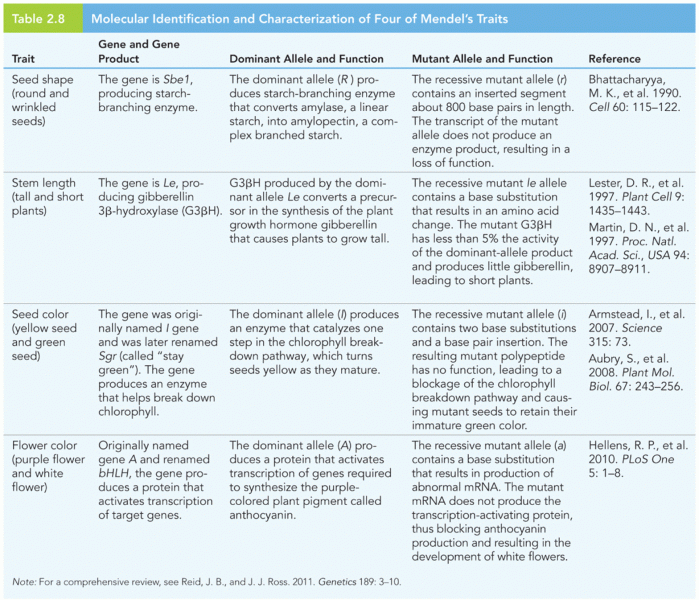This topic contains a solution. Click here to go to the answer
|
|
|
Did you know?
According to the CDC, approximately 31.7% of the U.S. population has high low-density lipoprotein (LDL) or "bad cholesterol" levels.
Did you know?
There are 20 feet of blood vessels in each square inch of human skin.
Did you know?
Your heart beats over 36 million times a year.
Did you know?
Alcohol acts as a diuretic. Eight ounces of water is needed to metabolize just 1 ounce of alcohol.
Did you know?
Blood is approximately twice as thick as water because of the cells and other components found in it.







